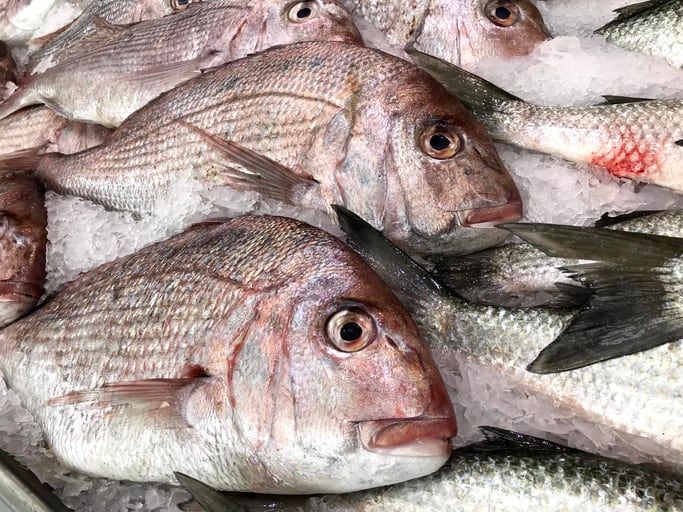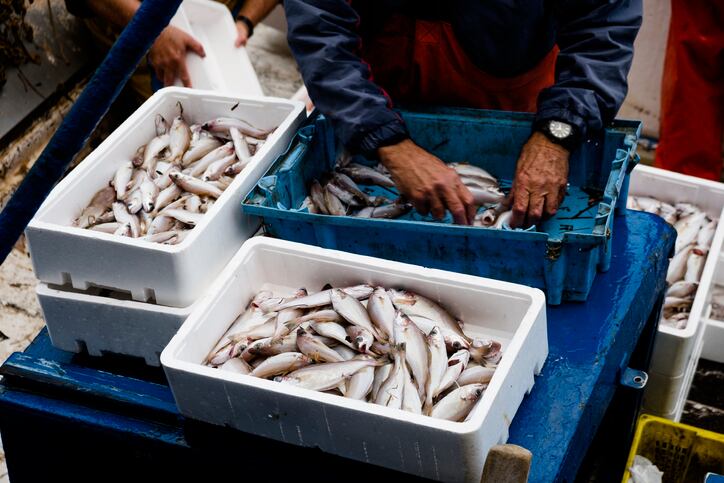Analysing 127 fish samples collected from supermarkets, markets and restaurants in Taiwan, researchers found that 24 samples were mislabelled, ranging between 12.5% to 26.8% depending on the fish. The gross seafood mislabel rate in Taiwan is 18.9%.
Correct product labels are essential for ensuring fair trades and preventing consumers from receiving pathogenic, allergenic, or toxic seafood.
However, labels are often subjected to fraud, one example is through substitution where the fish is sold by the name of a different, and often more expensive fish.
In this study, researchers used DNA barcoding technology to identify fish species, and microbiome profiling to study the presence of pathogens.
The findings were published in the Scientific Reports journal.
Data collection
Between February 2018 and October 2020, 83 samples (sashimi/sushi) were collected from restaurants, and 44 samples (cooked and raw fish) collected from hypermarkets, supermarkets, traditional markets, seafood wholesaler/retailers and fishing harbours.
Each sample was examined using DNA barcoding technology, while extracted DNA was then used for fish species identification and the microbiome metagenomics profiling.
Identity crisis
Among the samples tested, snapper was found to be the largest mislabelled fish in both raw and cooked food.
All 11 samples of snappers were molecularly confirmed to be tilapia (Oreochromis niloticus).
The high proportion of mislabelling of snapper with tilapia may be due to the practice of labelling tilapia as Taiwan-Snapper (臺灣鯛) in Taiwan.
Snapper is a conventionally served as sashimi, while tilapia is not. “As sashimi are consumed raw, snapper sashimi substituted by tilapia raises potential health concerns apart from fair-trade concerns,” researchers wrote.
So, they conducted a microbiome profiling of the sashimi samples and found that the gram-negative aerobic bacteria, Pseudomonas was abundant in tilapia sashimi, compared to conventional Japanese sashimi. Pseudomonas is responsible for causing blood infections and pneumonia, mostly in hospitalised patients.
Seafood substitution
When analysing the other fish samples, one swordfish sample was found to be substituted with Atlantic salmon (Salmo salar), and another with amberjack (Seriola dumerili).
Three cod products were found substituted by Greenland halibuts (Reinhardtius hippoglossoides).
Substitution of cod with halibut is a common labelling fraud worldwide, since they are similar in appearance, taste and texture.
Surimi products are also inconsistent with the molecularly identified ingredients.
The surimi products are often labelled with a major seafood ingredient such “lobster sticks” and “cod balls”.
However, researchers explained these were named arbitrarily and creatively by their resemblance in shapes and colours with other more appealing seafood ingredients like lobster and cod.
The products were actually made with a combination of some fish (e.g. groupers) and non-fish ingredients.
“Unfortunately, most consumers are not aware of the inconsistency. This showed a currently under-regulated seafood category in Taiwan which may be mitigated by more stringent government regulation with the availability of DNA barcoding technology.”
This is especially important as the average Taiwan person consumes 6 to 10g of fish protein daily, contributing more than 20% of animal protein.
With common fishes like snapper, cod and surimi products most vulnerable to fraudulent substitutions, larger studies should be conducted to confirm these findings and help curb health concerns and fairtrade issues, add the researchers.
Source: Scientific Reports
doi: 10.1038/s41598-020-79070-y
“Investigating seafood substitution problems and consequences in Taiwan using molecular barcoding and deep microbiome profiling”
Authors: Pei-Ying Chen, et al.




